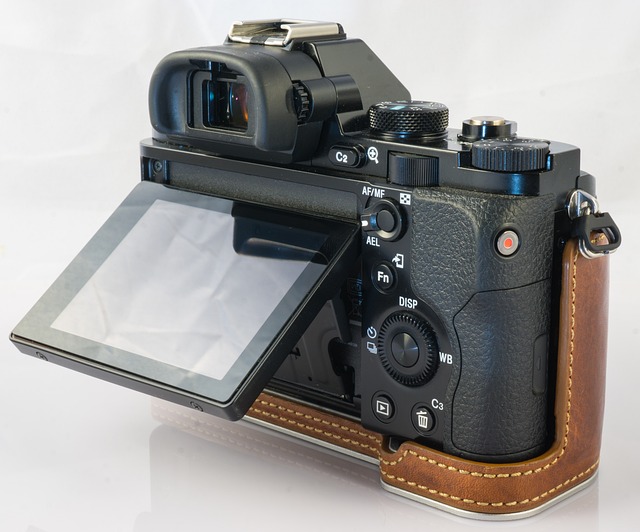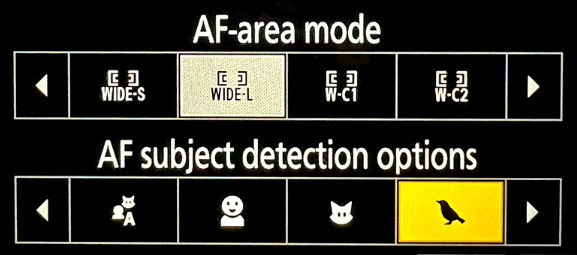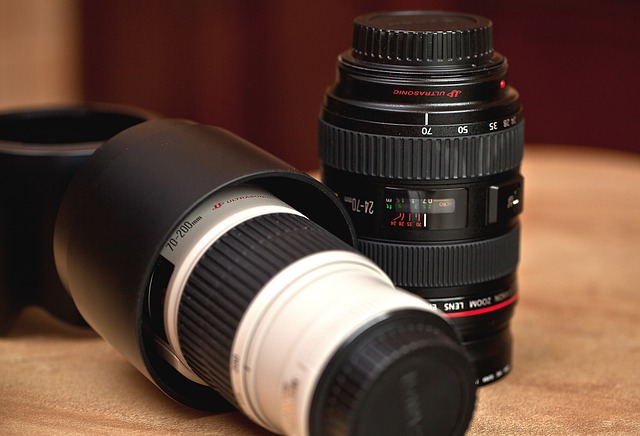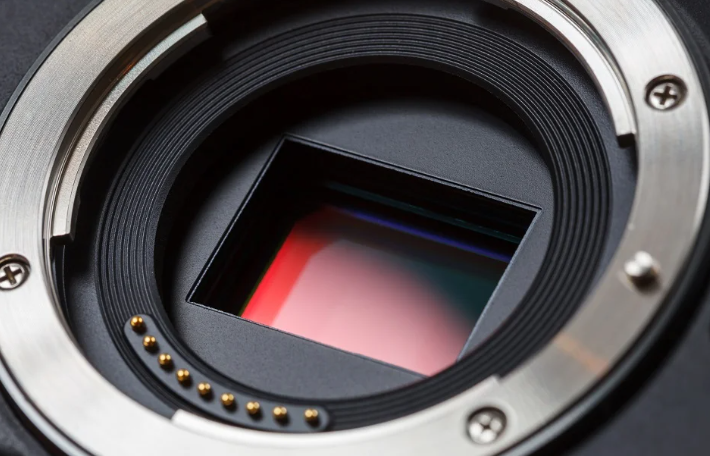DSLR vs Mirrorless Cameras
August 8, 2024 by Marie Joabar
As digital photography continues to evolve, the choice between DSLR and mirrorless cameras has become increasingly complex. Mirrorless technology is rapidly advancing and the newer models offer significant improvements in sensor quality, autofocus capabilities, and overall performance. However, this doesn’t mean you should immediately jump ship, DSLRs are still holding their ground.
Let’s explore the differences between them, lens considerations, and improvements in mirrorless cameras over the years.

The Main Differences Between DSLR And Mirrorless:
-
Size and weight: Mirrorless cameras are generally smaller and lighter.
-
Autofocus: Modern mirrorless cameras often have faster and more accurate autofocus systems. Most use different AF methods, like eye-tracking or subject recognition and offer focus peaking (a visual confirmation of what’s in focus) as an option.

-
Electronic viewfinder (EVF): Mirrorless cameras use EVFs, which show a real-time preview of exposure and other settings.
-
Battery life: DSLRs typically have better battery life due to optical viewfinders and larger batteries.
-
Lens selection: DSLRs have a wider range of native lenses, but mirrorless systems are catching up. Many systems offer lens adaptors allowing use of native lenses on the newer mirrorless cameras.
-
Image quality: Both can produce excellent images, with differences mainly in specific models rather than the technology itself.
-
Customization options: Mirrorless cameras often offer more customization, which can be overwhelming at first but beneficial once mastered.
-
Stabilization: Many mirrorless cameras offer excellent in-body image stabilization.
-
Silent Shooting mode and the lack of sound from the mirror slap (optional in some mirrorless cameras) can take a while to get used to leaving the photographer to wonder if they actually took a photo.
-
Video: Many of the newer Mirrorless cameras have more advanced video features than DSLRs.
Will DSLR Lenses Work On Mirrorless Cameras?
If you have a substantial collection of DSLR lenses, this is an important factor to consider when thinking about potentially switching to a mirrorless system. Here are some key points to consider:
-
Adapters: Many manufacturers offer adapters that allow you to use DSLR lenses on their mirrorless bodies. This can be a cost-effective way to transition.
-
Size advantage: Using large DSLR lenses on a mirrorless body can negate the size and weight advantages of mirrorless systems.
-
Native lenses: Native mirrorless lenses often perform better on mirrorless bodies, but building a new collection can be expensive.
-
Gradual transition: You could switch to a mirrorless body while gradually replacing DSLR lenses with mirrorless equivalents over time.
-
Performance: While adapters work, they may affect autofocus speed and accuracy, especially with older lenses.
-
Specific lens characteristics: Some DSLR lenses may have unique characteristics not yet replicated in mirrorless lines.
-
Resale value: Consider the current market value of your DSLR lenses. Some may retain value well, while others might depreciate quickly.
Differences Between Older Mirrorless Cameras And Newer Ones?
The main differences between older and newer mirrorless cameras reflect significant technological advancements. Here are the key areas of improvement:
-
Sensor technology:
-
Newer models often have higher resolution
-
Improved low-light performance and dynamic range
-
Better color science

-
-
Autofocus capabilities:
-
Faster and more accurate AF systems
-
Advanced subject recognition (e.g., eye AF, animal AF)
-
Improved tracking performance
-
-
Image processing:
-
Faster processors for quicker operation and buffer clearing
-
More sophisticated in-camera processing and JPEG engines
-
-
Controls:
-
More customizable buttons and dials
-
-
Electronic viewfinder (EVF):
-
Higher resolution displays
-
Improved color accuracy and dynamic range
-
-
Video capabilities:
-
Higher resolution (4K, 6K, or even 8K in some models)
-
Better frame rates and bitrates
-
More advanced video features like 10-bit color or RAW video output
-
-
In-body image stabilization (IBIS):
-
More effective stabilization systems
-
Some older models may lack IBIS entirely
-
-
Improved Battery life
-
Improved Weather sealing
While mirrorless cameras are becoming dominant, DSLRs aren't obsolete yet. For photographers considering the switch, factors such as existing lens collections and specific shooting needs play an important role. The choice depends on individual needs and preferences.
The transition from DSLR to mirrorless typically involves a learning curve and depending on the age of the camera one is switching from, it can minor or steep. There are changes in handling, in the menu offerings and the feature sets. To adjust, it can take just a couple of weeks or a couple of months of regular use. Staying with the same brand can be easier than switching to a totally new brand.
As the industry continues to shift towards mirrorless systems, understanding the strengths and limitations of both technologies is important if you are considering making the change.
